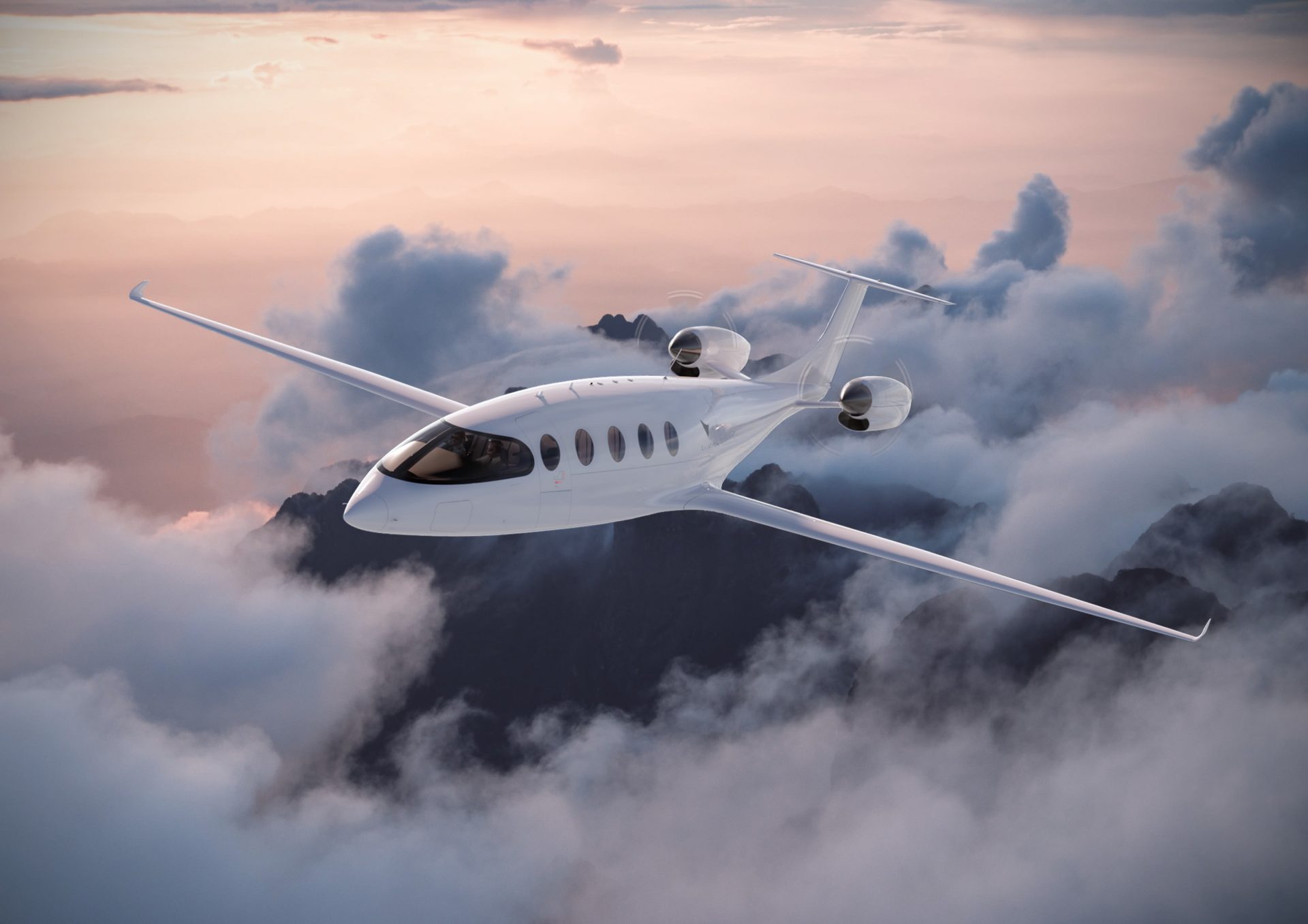
Are you worried about the environmental impact of air travel? You should be. Aviation is a huge contributor to global carbon emissions, and that’s a problem we need to address if we want to keep our planet healthy. You may not be aware of, but the aviation industry has a large carbon footprint, about 2.5% of global CO2 emissions.
Fortunately, there are some companies out there that are working on Emobility and electric airplanes as a solution. Wright Electric is one of them, and they’re reportedly working on a 100-seater electric passenger plane. It’s still in the early stages of development, but it’s an exciting prospect that could help reduce aviation’s carbon footprint.
Is there a concern about lithium-ion batteries?
Some serious concerns need to be addressed before battery-powered airplanes can become mainstream. The major one is safety associated with the lithium-ion batteries that will power them. There have been cases of these batteries catching fire, and until we can ensure that they’re safe, electric airplanes will be a hard sell.
So what does the future hold for electric airplanes? That remains to be seen, but it’s an industry worth keeping an eye on.
These batteries are mighty but can also be volatile if not handled correctly. And if something goes wrong with them, it could potentially be catastrophic. That’s why it’s so crucial that the aviation industry puts rigorous regulations for electric airplanes and ensures passenger safety. It’s also essential that manufacturers work to create batteries that are as safe as possible.
There are a lot of questions that still need to be answered before these planes can take to the sky. For example, what happens if an electric airplane loses power in mid-air? Also, how do you deal with the issue of brake systems, air conditioning and landing gear?
Regulations for Electric Airplanes
Many people are skeptical about electric airplanes, but I think giving them a chance is essential. With the proper regulations in place, e-planes could be the future of aviation!
Special consideration for electric engines by FAA:
The Federal aviation authority (FAA) is playing a vital role in this regard by creating a set of considerations for electric engines and driving e-plane manufacturers to engineer a product fully compliant with the rules and regulations.
In-depth software testing protocols:
There are striving standards developers and regulators in aviation like SAE International that are continuously working on developing special software testing protocols so that microelectronic systems of an e-plane should work efficiently without failure.
Consensus between developers, regulators on best practices:
There is excellent on-going progress on consensus between standards developer and regulators to be on one page for launching a reliable option for air travel via Emobility. Product’s architecture and software operated systems should comply with these defined regulations.
Conclusion
With climate change at the forefront of many minds, the aviation industry is feeling pressure to reduce its carbon footprint. Electric airplanes are one way to do this, and while they present some challenges, they are ultimately the way of the future.
As regulations around electric airplanes evolve, it will be necessary for the aviation community to come together to ensure that these planes are safe and accessible for everyone.
Electric airplanes offer a cleaner, more sustainable way to travel, and as we work to address climate change, they will become an increasingly important part of our transportation system.


